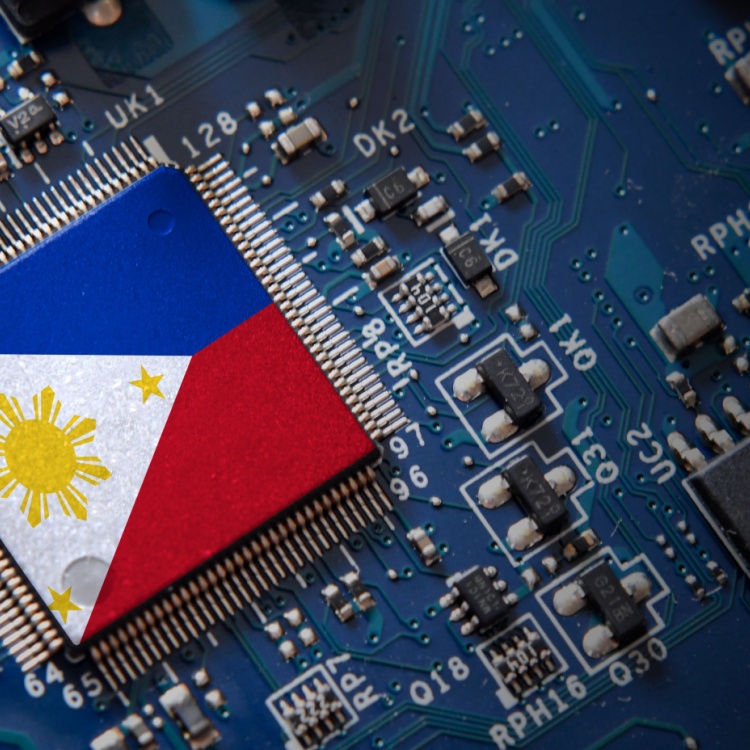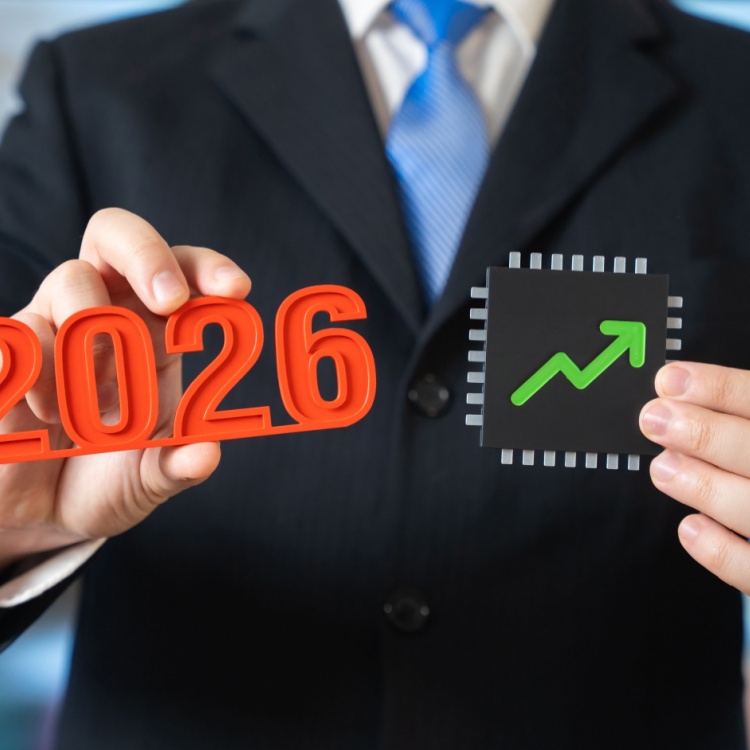The Future of Biometric Identification

July 19,2019,Philippines—Keys, cards, personal identification numbers (PINs), passwords, and more—we use a number of things to gain and control access to almost everything that belongs to us. In the future, however, there is a high possibility where you do not have to memorize or carry anything for authentication because the only identification device you will need is yourself.
One of the next big things in authentication and global technology solutions in general is biometric identification—the process of identifying a person by evaluating one or more of their distinguishing biological traits which include fingerprints, hand geometry, retina and iris patterns, voice waves, and more. In fact, it is already seeping through our everyday lives with the telecommunications sector, especially the smartphone market, leading its utilization.
Given its current status as well as the rapid rate of advancement of the global manufacturing industry, many are interested about the future of biometric identification.
Emerging trends
Selling upgraded convenience and security to users, smartphone companies have been incorporating fingerprint scanning software on their latest products as a common feature used to unlock them. Moreover, certain companies have leveled up their game by using other kinds of biometric identification like iPhone’s Face ID for face recognition authentication. Samsung, despite receiving massive criticism, has also launched an iris scanner together with the introduction of its Galaxy S8 and S8+ models, showing a good sign for the future of mobile iris recognition.
Although from the same telecommunications sector, desktops and websites are yet to actually have their hand in the technology and are still in the early stages of research. There are some companies, however, that are already using various kinds of biometric identification to tighten security in their office or among their clients. Several companies are already authenticating their employees through fingerprint or face scanning, while Citibank, in particular, is already using voice recognition to authenticate their customers’ identities.
Benefits and risks
One of the obvious benefits of biometric identification is that you no longer have to worry about forgetting a password or bringing a key because your fingerprint, iris, and other unique body part is always ready for scanning. Moreover, it erases the possibility of passwords or PINs getting stolen which also lessens the chances of your account or device getting hacked. Ultimately, it also lowers the risk of identity theft and unauthorized personnel access to confidential information. That said, stolen or forgotten passwords are relatively easy to replace, while stolen thumbprints or iris scans are not.
Once a company using biometric identification suffers through a data breach, your thumbprint or other biometric identification data is out for the world to know and use without your consent, and there is no way to change it. Instead of protecting you from identity theft, it can make you a victim of it. Additionally, there are certainly people with unreadable retinas, damaged thumbprints, similar voices, and more which presents another layer of problems for biometric identification.
Possibilities
Despite having plenty of room for improvement, the biometric identification technology is still relatively in its early stages, and can still use several more years for research and development. As global technology solutions, especially vision technology services, continues to improve, we will surely witness more possibilities and advanced capabilities in biometric identification.
Aside from fingerprints, retina, iris, and facial structure, vision technology services are also studying how to identify a person through the shape of their ears, nose, and even veins which are also unique to each person! Other companies are also coming up with more unique and discreet ways to biometrically identify a person such as monitoring and reading their heartbeat.
Already as impressive as those we see in sci-fi movies, the technology of biometric identification still has a long way to go. Hopefully, we get to see biometric identification be fully implemented by many, if not all, EMS Company in the Philippines and other countries very soon.
Other Blog



